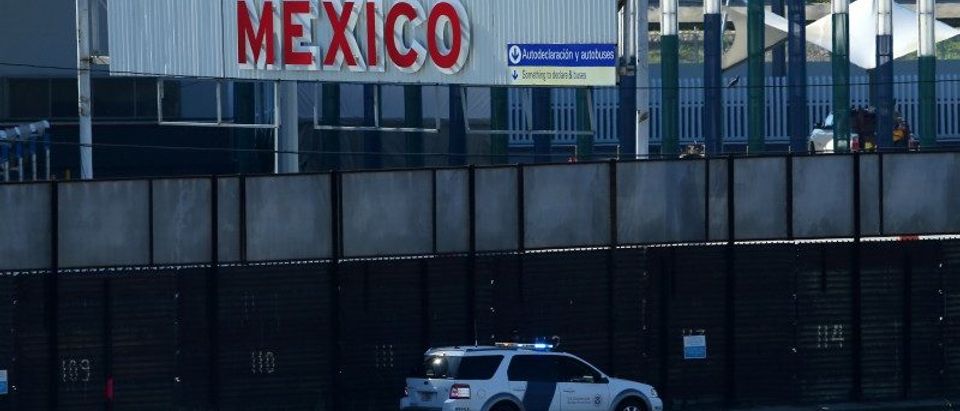PHILADELPHIA — Republicans eager to build a border wall say the hurdles that blocked the barrier construction during the George W. Bush administration can be done away with through executive order, or were already taken care of legislatively.
“I think if you take a look at the history of the Secure Fence Act, the last administration frustrated the deployment of a lot of things. This administration is doing the opposite. They’re facilitating the deployment of things. We agree with this. We voted for this in 2006. Along with plenty of people like our friend Chuck Schumer, minority leader of the Senate, who voted for the Secure Fence Act,” House Speaker Paul Ryan told The Daily Caller at the GOP retreat in Philadelphia Thursday. (RELATED: Top Democrats Voted For The Border Wall Trump Is Building)
Ryan explained how President Trump could possibly work around some issues that stopped the border fence in 2006.
“Now we’re actually going to deploy this fence and we will anticipate supplemental funding coming from the administration very shortly on how we finish construction and funding of the fence. If there are any other barriers in the way, we will deal with those barriers. A lot of those barriers we think can be done by executive order from the administration just like the last administration frustrated the deployment of the fence or the wall,” the speaker said.
The Secure Fence Act, put forth in 2006 by New York Republican Rep. Peter King, ordered 700 miles of physical barriers across the U.S.-Mexico border. Congress appropriated $1.2 billion in homeland security spending bill to fund fencing.
Additionally, the law authorizes further vehicle barriers, checkpoints, and lighting as well as enables DHS to increase usage of cameras, satellites, and drones to support infrastructure along the southern border.
Republican Pennsylvania Rep. Charlie Dent, who voted for the Secure Fence Act in ’06, told reporters Wednesday, “I want to see how the Secure Fence Act that we voted for that authorizes 700 miles of fencing dovetails off of [Trump’s executive order].”
Dent went on to say, “I want to understand that better. I never felt that we needed barriers on every square inch of that 2,000 mile southern border. So when I was involved with the Secure fence act in ’06, when I was on the Homeland Security Committee, I was familiar with that, I thought that was a good start.”
Between 2006 and 2008, the border wall was mired in lawsuits by environmentalists, like the Sierra Club, who claimed the barriers broke environmentallaws. Some private property owners in Texas also opposed the building of the wall. By the time the Supreme Court rejected all the suits against the border wall, Bush’s second term was nearly complete and President Barack Obama and the Democratic Congress would no longer enforce the building of the wall. (RELATED: Here’s How Enviros Will Try To Stop Trump’s Wall)
When asked by TheDC how Republicans intend to handle such circumstances today, Dent referred to the 2005 passage of the Real ID Act, which allows the Homeland Security secretary to waive all local, state and federal laws the secretary sees as an obstruction to building barriers and roads along U.S. borders.
“I thought we waived a lot of those rules. It was the Real ID Act of 2005. We authorized 14 miles or 15 miles of fencing in the San Diego sector. We waived a lot of rules at that time. We might have done more in 2006 for the Secure Fence Act…There were other issues with private property owners. They would sue you if they don’t want fence on their property—cattle or open grazing. Who knows what the issues are,” Dent said.
“And there are certain areas of the border where you can’t build barriers like the gullies and gorges. The geography just doesn’t lend itself to that kind of barrier,” he added.


